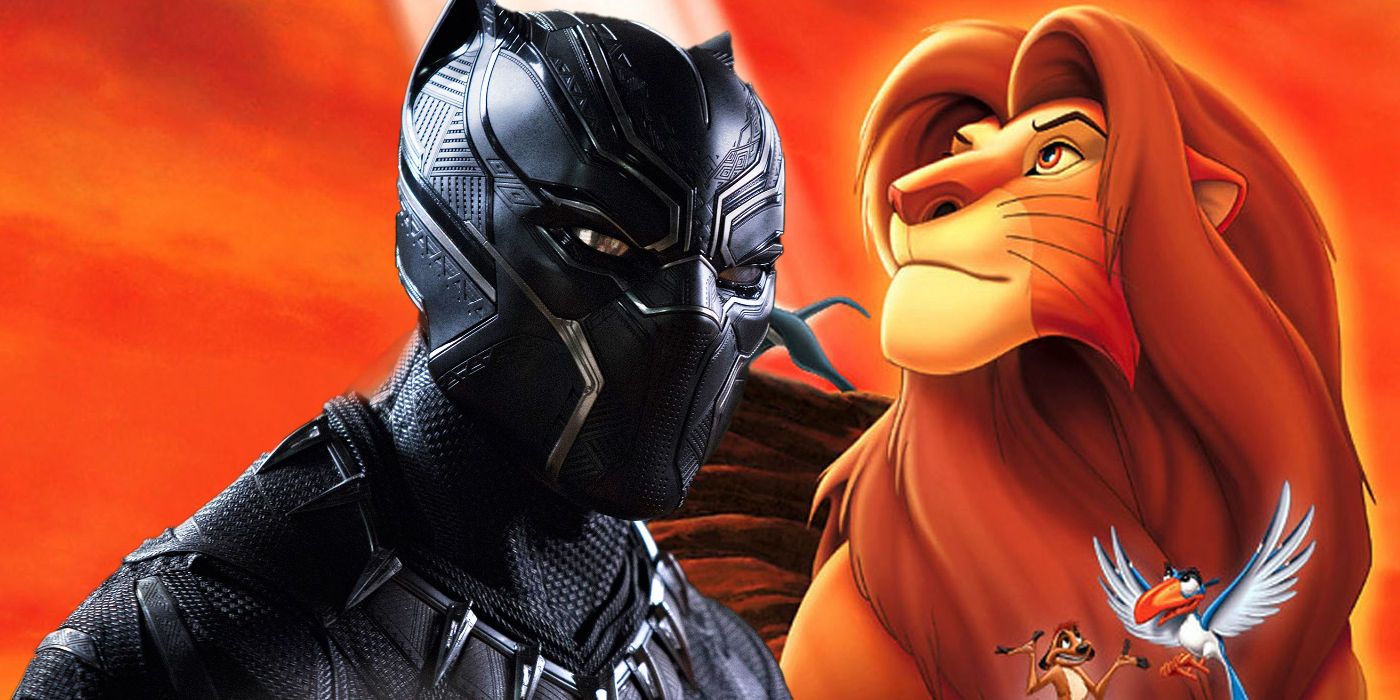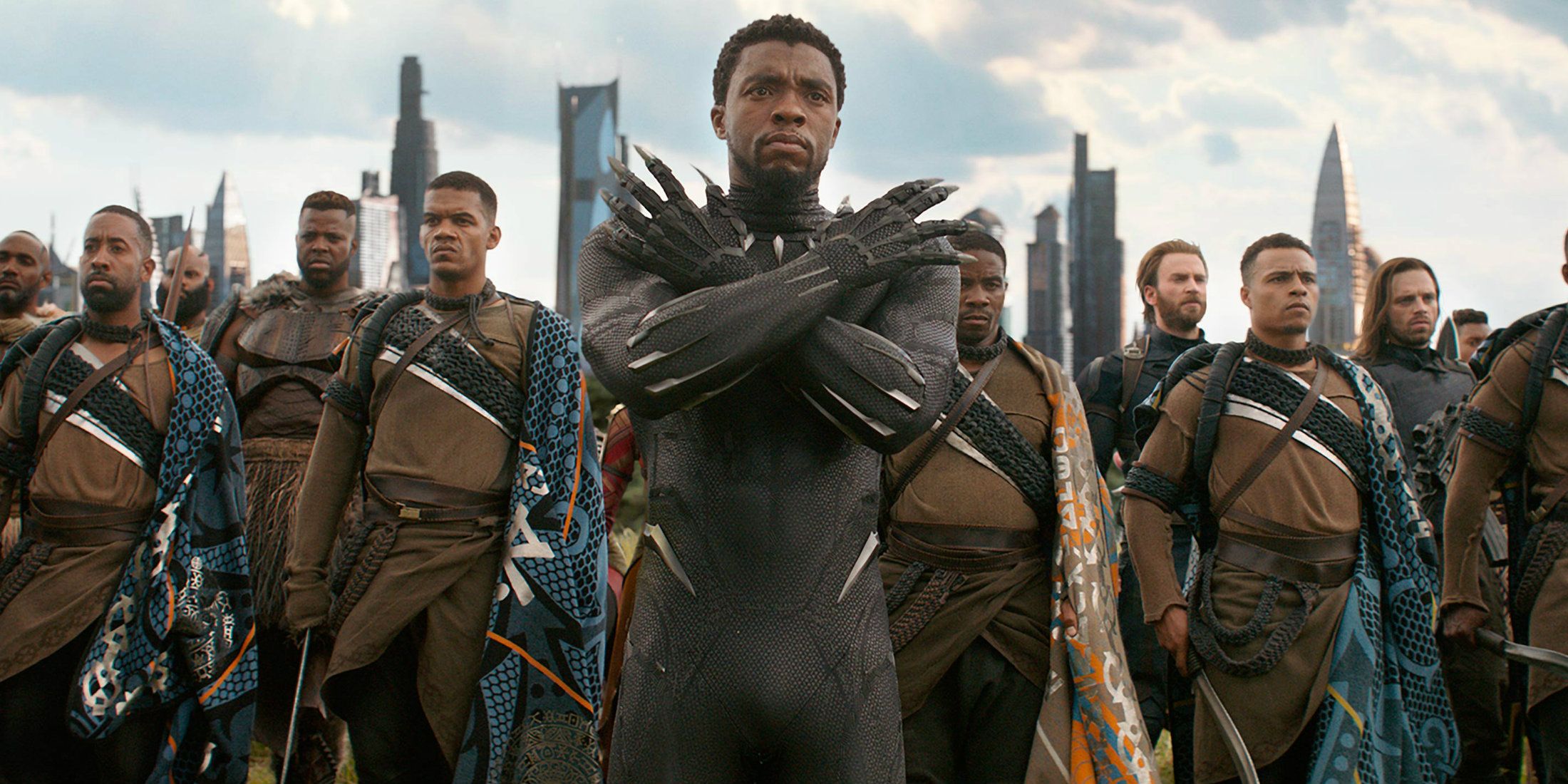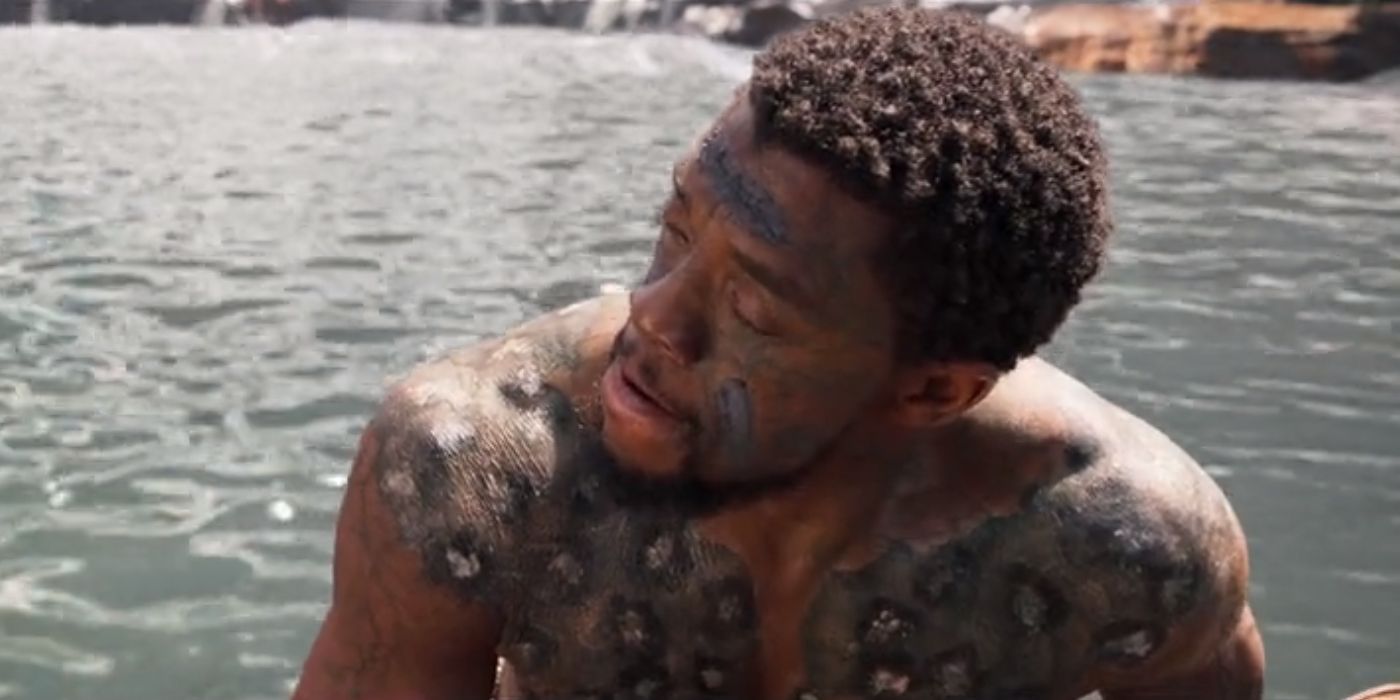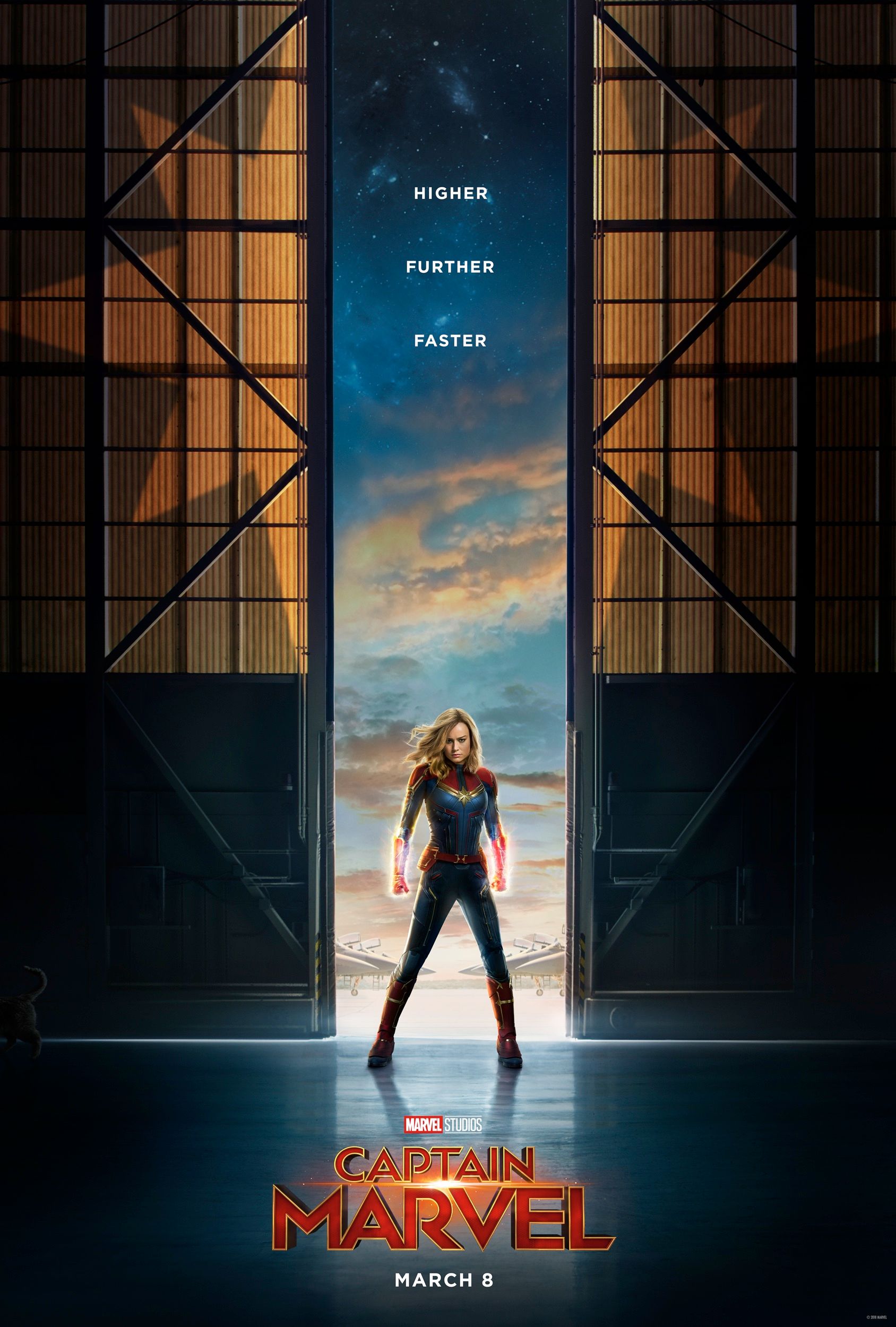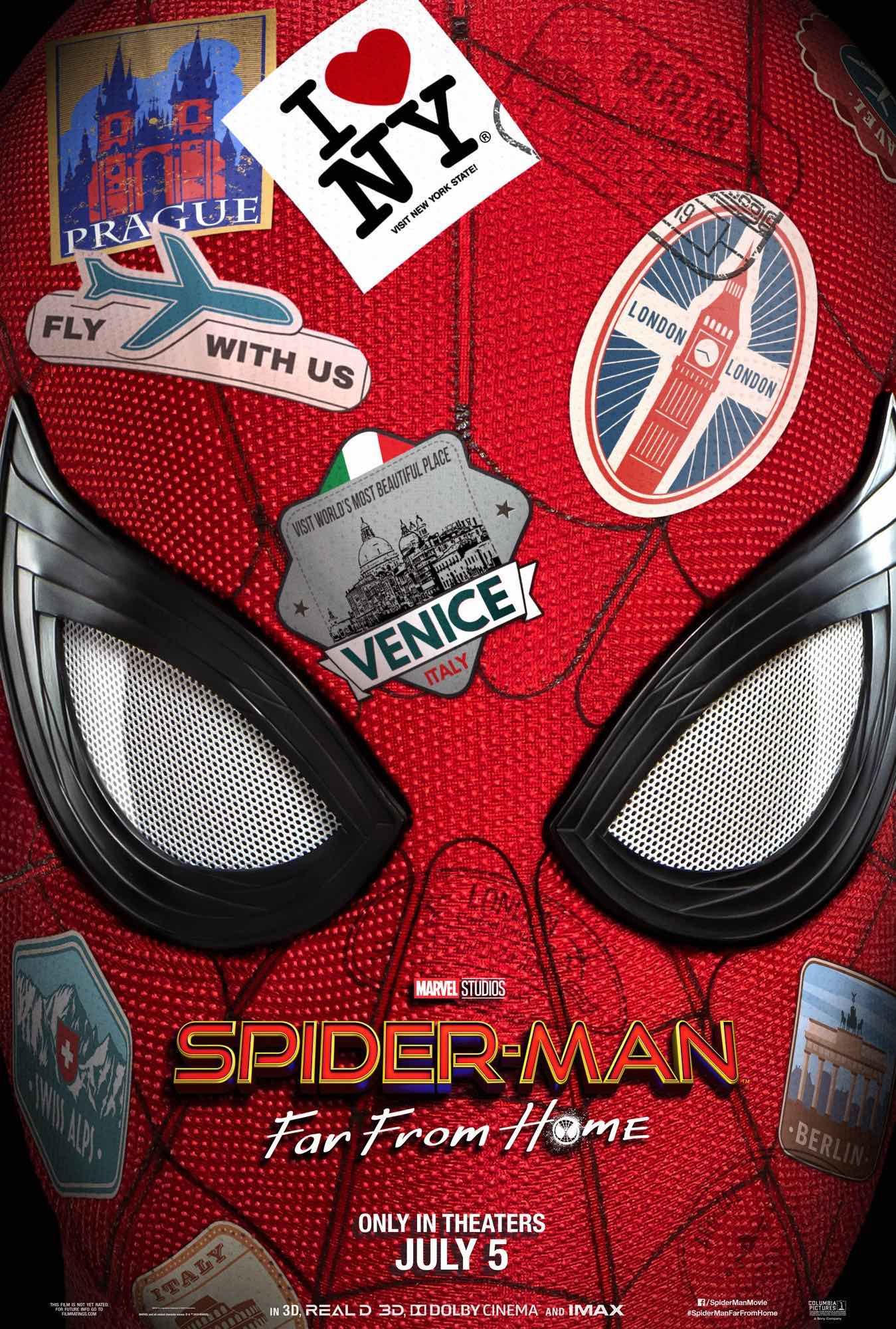There's a reference to The Lion King in Marvel's Black Panther that may have been overlooked by most moviegoers. Getting the Black Panther movie onto the big screen wasn't an easy task. It spent over two decades stuck in development hell before writer-director Ryan Coogler, co-screenwriter Joe Robert Cole, and producer Nate Moore were all able to get the ball rolling on the adaptation. And judging by Black Panther's critical and commercial success, it's clear that every day spent developing the movie was well worth it.
Everyone involved with the movie not only wanted to make it a worthy chapter within the Marvel Cinematic Universe but also do justice to the source material and the people that brought this character to life on the page. That meant injecting Black Panther with a lot of easter eggs and references to past superhero movies and comics, as well as intriguing backstories for the character and his supporting characters. While audiences caught a lot of the movie's references, there was some that might have gone by unnoticed.
Related: Black Panther: Where The Wakanda Forever Salute Comes From
At the start of the film, T'Challa (Chadwick Boseman) participates in a long-standing tradition at Warrior Falls to have the Black Panther's powers stripped away from him and to accept any challenge for the throne made from one of the five tribes. In that sequence, T'Challa is seen wearing black body paint, which is to represent him as the Black Panther, but the stripe across his forehead is actually a reference to The Lion King, according to Ryan Coogler, who says in the film's commentary: "The Lion King shout out [with] the stripe across his forehead."
Of course, following The Lion King's iconic opening scene, which is played to Elton John's "The Circle of Life," the character Rafiki - a mutated mandrill that acts like a shaman in the film, similar to Forest Whitaker's Zuri in Black Panther - paints a stripe across Simba's forehead. It's a well-known scene, but since audiences don't actually see Zuri doing the same thing for T'Challa in the Black Panther film, it's possible that the small reference went overlooked by most people. But still, it's a nice reference, not just because both movies are technically Disney movies but also because they both are rare blockbuster movies set almost entirely in Africa.
What's also interesting about T'Challa's black body paint is that it continues to play into Black Panther's overall use of color. Throughout the movie, T'Challa is seen wearing black because of him being the Black Panther, with others also being assigned their own colors for various reasons, such as Nakia (Lupita Nyong'o) wearing green, Okoye (Danai Gurira) wearing red, and Erik Killmonger (Michael B. Jordan) wearing blue, among others.
More: Black Panther: 30 Things You Completely Missed
Black Panther is out now on Digital HD, DVD, and Blu-Ray.

